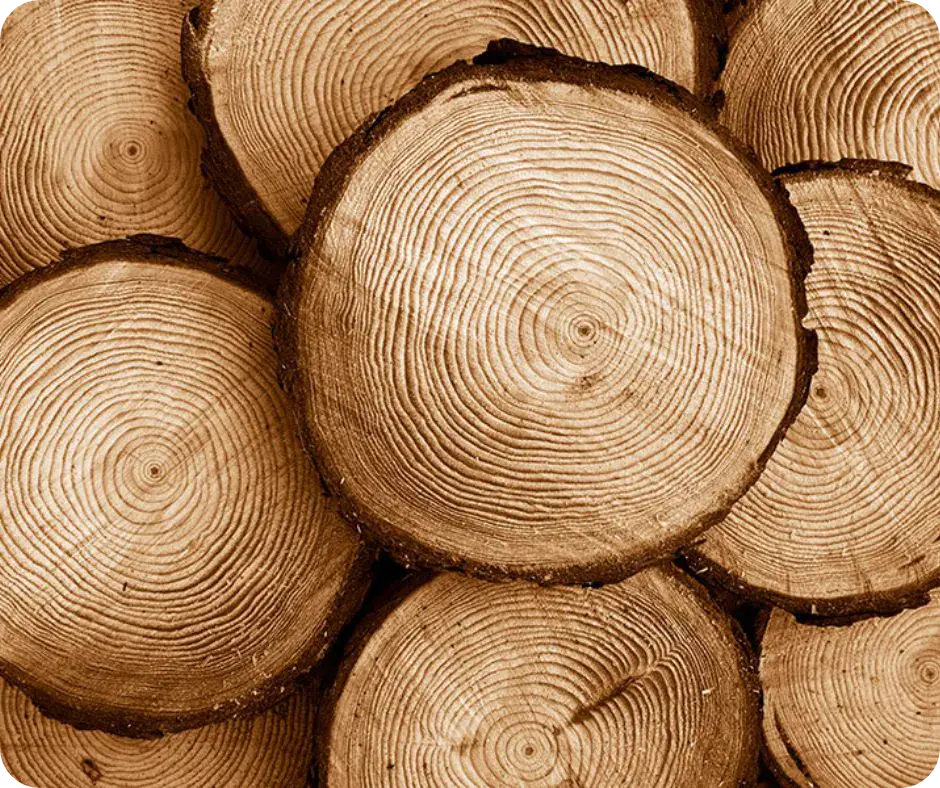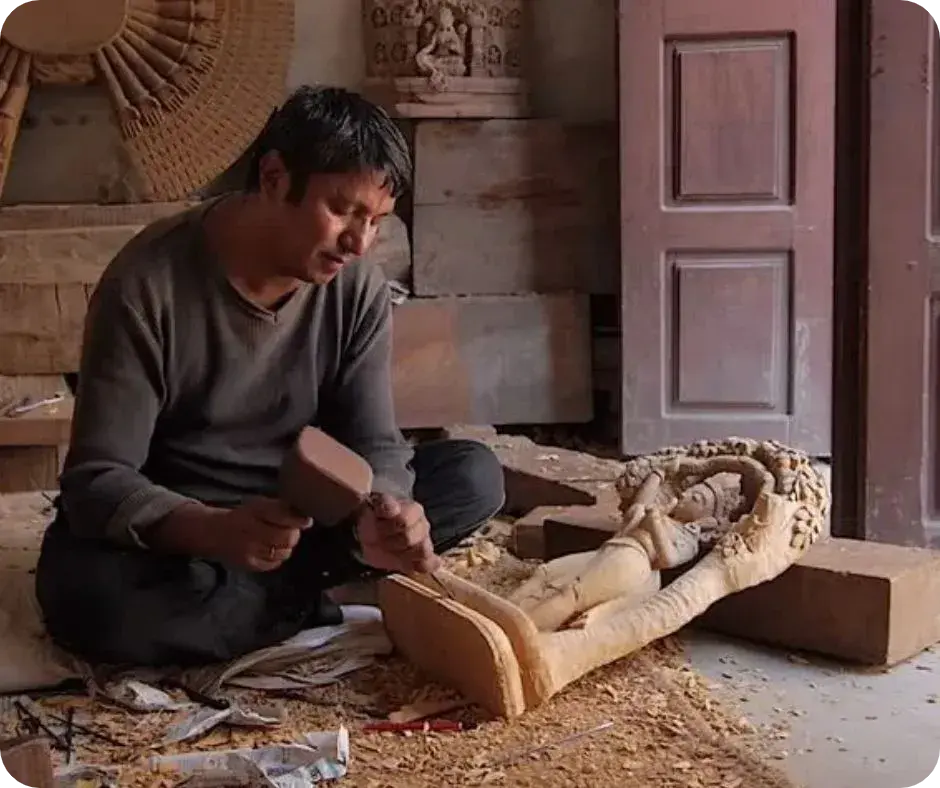
| Item Code: | EP37 |
| Specifications: |
South Indian Temple Wood Carving
|
| Height: | 6 ft |
| Width: | 2.4 ft |
| Depth: | 0.8 ft |
| Weight: | 67 kg |
As is this image, Heramba Ganapati is one-tusked and is elaborately bejeweled, especially the ornaments on the neck and the breast. In different texts and traditions hardly any unanimity prevails in regard to attributes carried in various hands in any of his classical forms, though strangely, the attributes – noose, rosary, mace, mango, serpent, bell, tusk, dagger, banana-bud etc. that this image carries are almost the same as various texts have prescribed. A Heramba Ganapati carries some auspicious symbol – a ‘laddu’, pot, coconut or banana in his all five trunks. Deviating from the usual norms this statue carries in two side trunks banana buds, and in the central one, a sugar ball – ‘laddu’ while the other two are empty.
However, in the choice of mount this form of Lord Ganesh deviates from the Heramba Ganapati model. While Heramba Ganapati prefers a lion for his mount, this form of Ganesh has preferred his routine vehicle mouse to support his figure. Here the Great God has not been represented as seated on his mount. Instead of, he has just his left foot fixed on the hind part of the animal’s back, while the rest of his left leg, and the right, are curved to reveal a posture of dance. Even his mount mouse, as it appears from its raised muzzle and legs gesticulated to a rhythmic move, seems to be accompanying its lord in his enthusiasm and jubilation.
The mouse supports the figure of Lord Ganesh more like a pedestal and not like a mount that he rides. Maybe, a detached and unsupported figure of the elephant god, with a difficult and disproportioned iconography consisting of five heads and ten arms, could not be conveniently installed on the mouse’s back. Or, perhaps, the artist has so conceived his form that it revealed further symbolic width. The centrally located mouse has behind it a devotee figure, and in front, a floral creeper, all three combined symbolising the worlds of man, animal and nature which Lord Ganesh pervades. Riding his mount the Great Lord could pervade just the animal world but while dancing his figure expanded farther than the width of his mount and thus pervaded not merely the worlds of man, animal and nature but also all spaces below and above.
The ornamental tree under which the image of the Great Lord has been installed comprising stylised branches, twigs, leaves, flowers and fruits as also monkeys and parrots is symbolic of the entire nature. With the blessings of the Great God and in tune with his mood it bursts into innumerable forms and colours.
Click here to view a high resolution image of the sculpture (2.3 MB).
 to all international destinations within 3 to 5 days, fully insured.
to all international destinations within 3 to 5 days, fully insured.



How to care for Wood Statues?
Wood is extensively used in sculpting especially in countries like China, Germany, and Japan. One feature that makes the wood extremely suitable for making statues and sculptures is that it is light and can take very fine detail. It is easier for artists to work with wood than with other materials such as metal or stone. Both hardwoods, as well as softwood, are used for making sculptures. Wood is mainly used for indoor sculptures because it is not as durable as stone. Changes in weather cause wooden sculptures to split or be attacked by insects or fungus. The principal woods for making sculptures and statues are cedar, pine, walnut, oak, and mahogany. The most common technique that sculptors use to make sculptures out of wood is carving with a chisel and a mallet. Since wooden statues are prone to damage, fire, and rot, they require proper care and maintenance.
It is extremely important to preserve and protect wooden sculptures with proper care. A little carelessness and negligence can lead to their decay, resulting in losing all their beauty and strength. Therefore, a regular clean-up of the sculptures is a must to prolong their age and to maintain their shine and luster.
Send as free online greeting card
